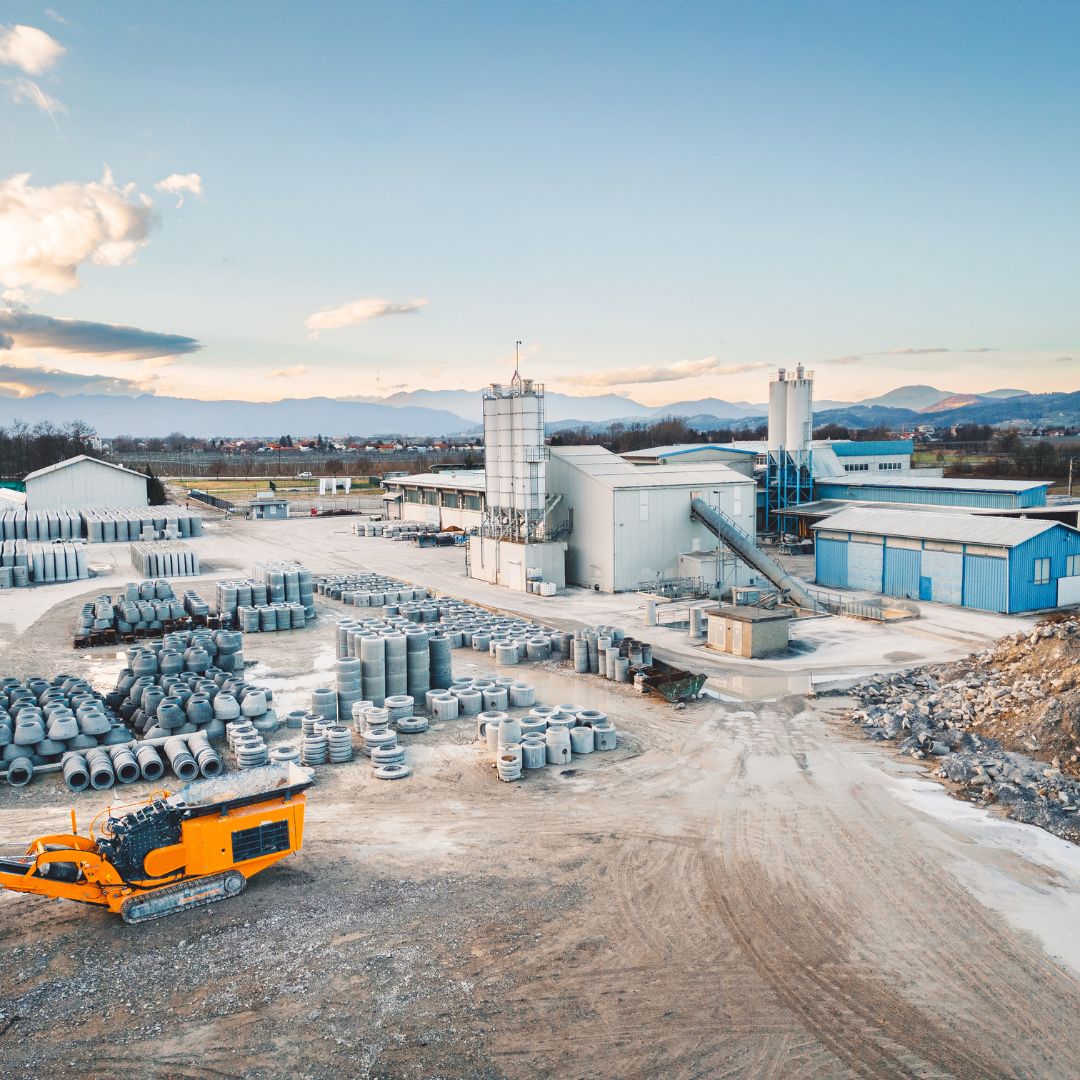The future of construction is marked by technological innovations that promise to transform the way we design, build, and operate buildings and infrastructure. These innovations focus on sustainability, efficiency, and the integration of new technologies that optimize processes, improve quality, and reduce environmental impact. Below are some of the key innovations that will transform the construction industry in the coming years:
- Artificial Intelligence and Machine Learning
Artificial Intelligence (AI) and Machine Learning are emerging as powerful tools for the construction industry. Through AI, builders can predict problems before they occur, optimize processes, and make more accurate predictions about costs, timelines, and resources. Some applications include:
- Predictive analysis to avoid delays and cost overruns.
- Real-time route optimization and resource management.
- Safety monitoring through algorithms that identify risk patterns on the construction site.
- 3D Printed Construction
3D printing is one of the most revolutionary innovations in construction. With giant printers that can use materials like concrete, entire structures can be built at a much lower cost and in less time than traditional methods. The benefits of this technology include:
- Reduced material and labor costs.
- Creation of complex shapes and custom designs.
- Fast construction, especially useful in areas with high housing demand.
- Drone Technology for Monitoring and Assessment
Drones are changing the way construction projects are supervised. Equipped with high-resolution cameras and sensors, drones enable real-time inspections and monitoring of worksites, even in hard-to-reach places. Some applications include:
- Accurate terrain mapping and topography.
- Aerial inspection of structures to detect problems without putting workers at risk.
- Tracking project progress and verifying deadline compliance.
- Robots and Automation on the Construction Site
Robots are beginning to play a more significant role in construction, helping with repetitive and physically demanding tasks. Examples include:
- Robots for laying bricks or cladding materials, improving accuracy and speed.
- Demolition robots that perform dismantling tasks more safely and efficiently.
- Exoskeletons for workers that allow them to lift heavy loads effortlessly, reducing the risk of injury.
- Smart and Sustainable Materials
The future of construction is closely tied to the use of innovative materials that are more sustainable, durable, and efficient. Some examples include:
- Self-repairing materials: Concrete that can heal small cracks by itself, extending the lifespan of buildings.
- Recycled or recyclable materials: Such as recycled plastics, metals, glass, and wood, which minimize environmental impact.
- Nanomaterials: Next-generation materials that improve energy efficiency, strength, and durability of buildings.
- Integrated Renewable Energy
Renewable energy is playing an increasingly important role in the design of future buildings. Smart buildings are incorporating technologies like solar panels and wind turbines to reduce their carbon footprint and operate more efficiently. Additionally:
- Energy storage systems like lithium batteries and other technologies allow renewable energy to be stored for later use.
- Integration of smart buildings with systems that autonomously manage energy consumption, optimizing heating, cooling, and lighting.
- Modular Construction and Prefabrication
Modular construction and prefabrication are gaining popularity due to their ability to reduce construction time and costs. Prefabricated modules are produced in controlled factories and then assembled on-site. Benefits include:
- Reduced waste and efficient use of materials.
- Shorter on-site construction time, reducing the impact on the community.
- Scalability and flexibility: The ability to add more modules in the future to expand or modify the construction.
- Virtual Reality (VR) and Augmented Reality (AR)
Virtual Reality (VR) and Augmented Reality (AR) are transforming the way construction projects are visualized. VR allows architects and clients to experience a building design before it’s built, while AR enhances the construction process by overlaying digital models onto the real world. Some applications include:
- Immersive design and visualization for better decision-making.
- Safety training and construction procedures in a virtual environment before real-world implementation.
- On-site inspections through the overlay of 3D models onto ongoing construction, helping identify potential problems.
- Smart Cities and Connected Construction
Smart cities are being designed to be more sustainable, efficient, and livable. Connected construction integrates technologies like sensors, data networks, and smart devices into urban infrastructure. This allows:
- Real-time monitoring of buildings and infrastructure to predict and prevent failures.
- More efficient resource management, such as water, electricity, and transportation, optimizing consumption and reducing costs.
- Smart urban design that responds to the needs of the community and environment.
- Blockchain for Contract and Payment Management
Blockchain is emerging as a technology that can improve transparency and security in construction project management. Some of its benefits include:
- Smart contracts that automatically execute when certain conditions are met.
- Secure transactions and payments, reducing fraud risk and improving trust among parties involved.
- Tracking materials and construction processes, ensuring quality and compliance with deadlines.
Conclusion
The future of construction is deeply shaped by the adoption of disruptive technologies that not only improve efficiency and reduce costs but also meet the growing demand for sustainability and adaptability in the sector. Innovations like AI, 3D printing, automation, and smart materials are shaping a more agile, efficient, and eco-friendly construction landscape. Companies that embrace these technologies will be better positioned to lead in an increasingly competitive and demanding market.




